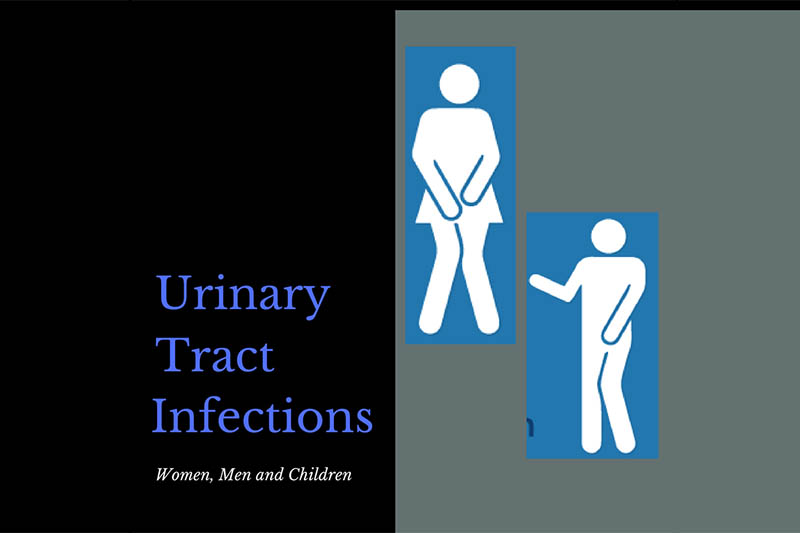
What are UTI’s? Urinary Tract Infections
Do you… Frequently or urgently need to urinate Often only pass small amounts of urine Have Pain or burning sensation when urinating These can be symptoms of urinary tract infections. There
Sugar addiction is becoming an epidemic across the globe. It is one of the most widespread addictions on earth, affecting children, teenagers, and adults alike. It has become such a huge issue due to the easily accessible and readily available nature of the substance. Sugar is in almost everything you can consume nowadays, including soft drinks, chocolates, lollies, and cakes, as well as hidden in sauces, cereals, muesli bars, breads, milk, and pasta to name a few. Often food items that one would believe to be healthy actually contain high amounts of processed sugar.
Excess sugar consumption can have extremely detrimental health effects some of which include tooth decay, liver damage, adrenal gland and pancreas damage, insulin resistance, diabetes, cancer, obesity, anxiety, hypoglycaemia, loss of concentration, fatigue, mood swings, depression, high blood pressure, kidney stones, gallstones, headaches and migraines, gastrointestinal tract issues such as IBS, cataracts and other eye issues, autoimmune diseases, food allergies, degenerative neurological conditions such as Alzheimer’s and dementia, yeast infections, lower immune function, increased cell death, osteoporosis, skin conditions such as eczema and acne, increased risk of toxaemia during pregnancy, worsened ADHD symptoms, loss of tissue elasticity and function and therefore premature aging, increased fluid retention, hormonal imbalance, and infertility.
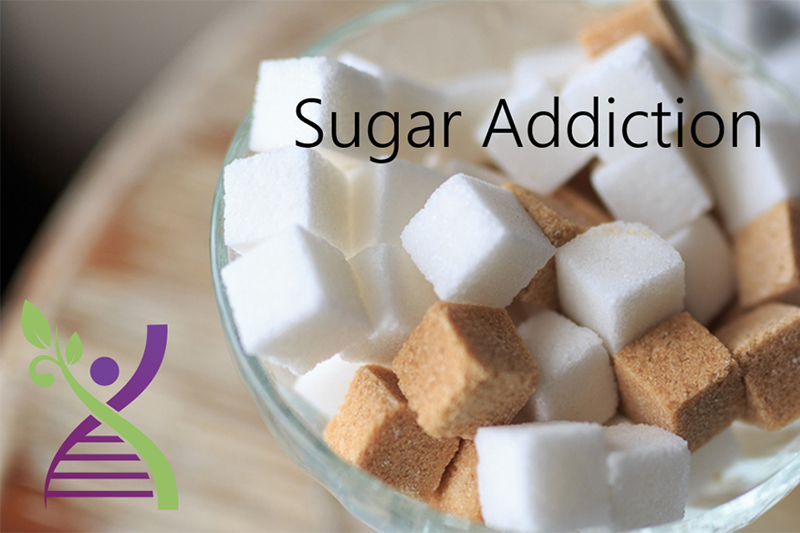
Quitting sugar can be extremely hard due to its addictive nature. Sugar activates the brain’s reward system, causing a release of “mood-boosting” chemicals serotonin and dopamine. Large amounts of sugar cause a massive amount of dopamine to be released, causing a “sugar high” along with general feelings of happiness. When the glucose levels normalize to lower levels, it causes a craving for more sugar to recreate that feeling. Studies have found that sugar is as addictive as some drugs as it stimulates the same receptors in the brain as heroin and cocaine.
Some experts suggest that gradually decreasing a person’s sugar intake is the best way, others suggest cutting it out completely more effective, but it really depends on the individual.
Quitting sugar often leads to withdrawal symptoms. These may include cravings, headaches and migraines, aches, pains, and flu-like symptoms, hypoglycaemia (low blood sugar), mood swings, shakes, weakness, dizziness, lack of energy or lethargy, bloating, nausea, hunger, anxiety, depression, chills, sleep changes, and weight changes.
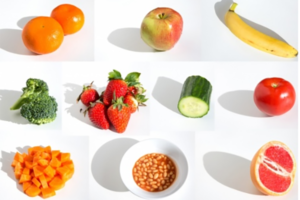 Substitute whole fruits for sweet treats: Fruit contains fructose which is metabolized differently to refined sugars, and also contains fibre, vitamins, and minerals. However, when consumed in excess, fruit can still have negative side effects, so it is best to limit consumption to a few servings a day.
Substitute whole fruits for sweet treats: Fruit contains fructose which is metabolized differently to refined sugars, and also contains fibre, vitamins, and minerals. However, when consumed in excess, fruit can still have negative side effects, so it is best to limit consumption to a few servings a day. Cut out artificial sweeteners: Experts suggest cutting out sweeteners such as aspartame, sucralose, saccharine, and stevia as it can actually make you desire sweet foods when consumed in large amounts. It changes your taste palate, causing you to require more to feel fully satisfied. Some studies have also linked artificial sweeteners to weight gain. Alternatively, studies suggest sweeteners may be an effective alternative to sugar. The healthier types of sweeteners include stevia, honey, dates, maple syrup, and coconut sugar.
Cut out artificial sweeteners: Experts suggest cutting out sweeteners such as aspartame, sucralose, saccharine, and stevia as it can actually make you desire sweet foods when consumed in large amounts. It changes your taste palate, causing you to require more to feel fully satisfied. Some studies have also linked artificial sweeteners to weight gain. Alternatively, studies suggest sweeteners may be an effective alternative to sugar. The healthier types of sweeteners include stevia, honey, dates, maple syrup, and coconut sugar. Try some cinnamon: Studies suggest cinnamon is effective at reducing cravings while also helping to lower blood sugar.
Try some cinnamon: Studies suggest cinnamon is effective at reducing cravings while also helping to lower blood sugar.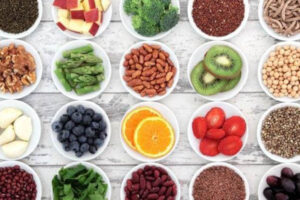 Increase fibre intake: Fibre acts to move through the body undigested, which helps to keep the feeling of fullness, reducing the likelihood of snacking. Dietary fibre also aids to keep blood sugar levels steady and balanced. Some high fibre foods include nuts, vegetables, seeds, legumes, wholegrain breakfast cereals, fruits such as berries and melons, and potatoes. It is important to stay hydrated when increasing fibre intake to reduce the chances of side effects such as constipation.
Increase fibre intake: Fibre acts to move through the body undigested, which helps to keep the feeling of fullness, reducing the likelihood of snacking. Dietary fibre also aids to keep blood sugar levels steady and balanced. Some high fibre foods include nuts, vegetables, seeds, legumes, wholegrain breakfast cereals, fruits such as berries and melons, and potatoes. It is important to stay hydrated when increasing fibre intake to reduce the chances of side effects such as constipation.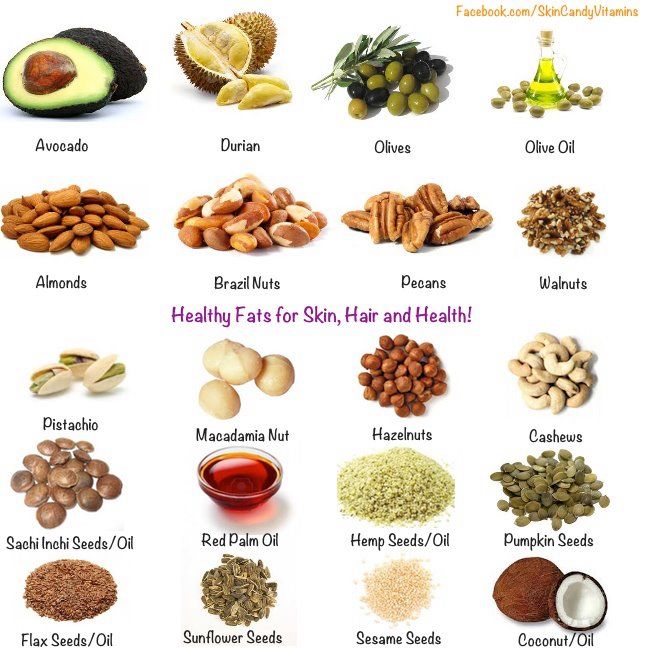 Increase your intake of healthy fats: Fat is digested quite slowly, so it works to keep you feeling fuller for longer. Healthy fats can be found in foods like avocados, fish, nuts, seeds, and coconut oil.
Increase your intake of healthy fats: Fat is digested quite slowly, so it works to keep you feeling fuller for longer. Healthy fats can be found in foods like avocados, fish, nuts, seeds, and coconut oil.
Do you… Frequently or urgently need to urinate Often only pass small amounts of urine Have Pain or burning sensation when urinating These can be symptoms of urinary tract infections. There
Disclaimer – Our intent is not to diagnosis but to offer information on therapy choices and practitioners. Information on this site is intended general educational purposes only. Any statements made are carefully referenced and any information, products or services discussed are not intended to diagnose, cure, treat or prevent any disease or illness. Please consult a healthcare practitioner before making a choice.